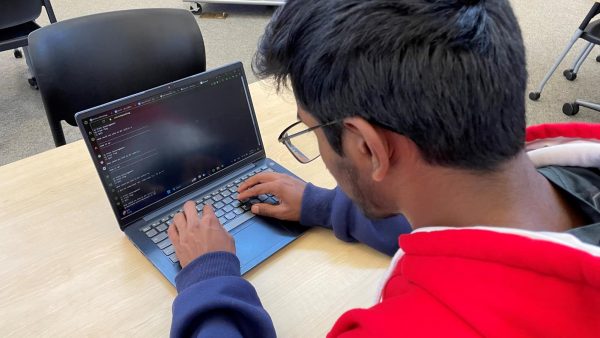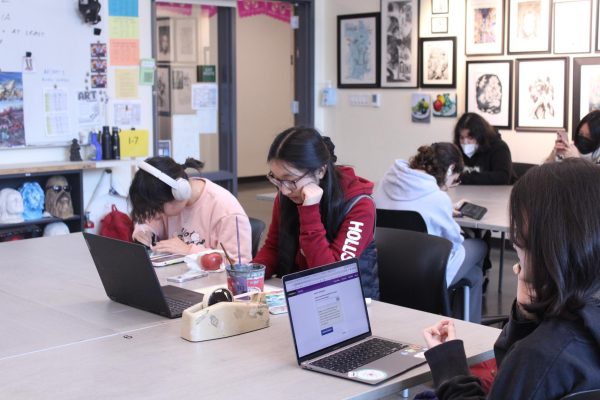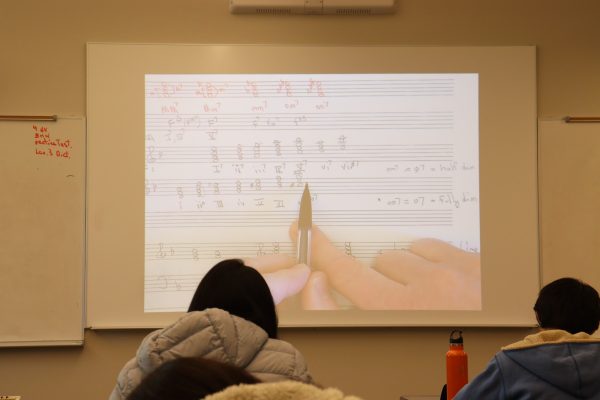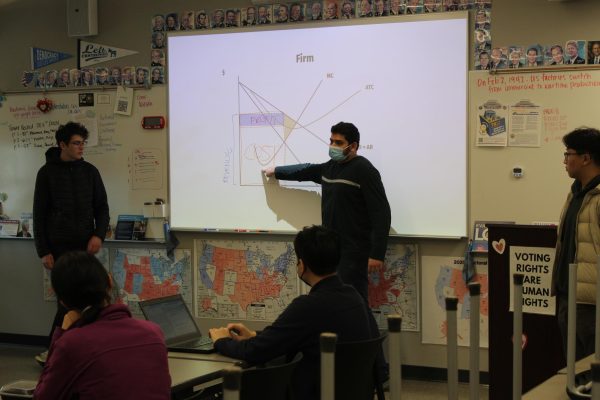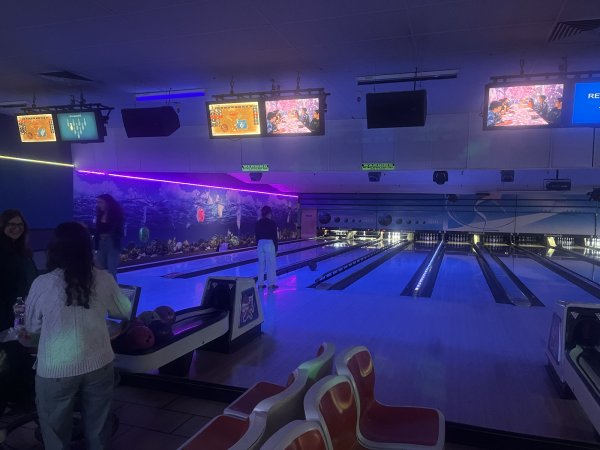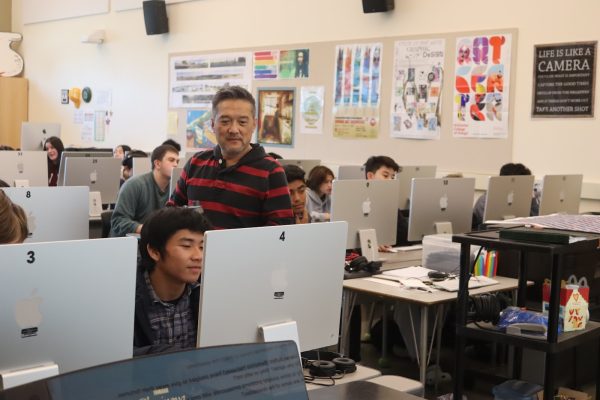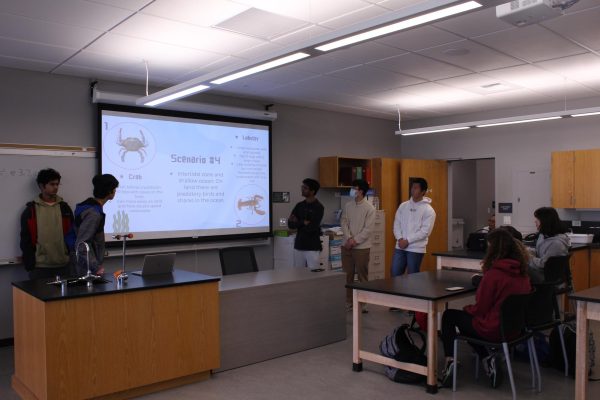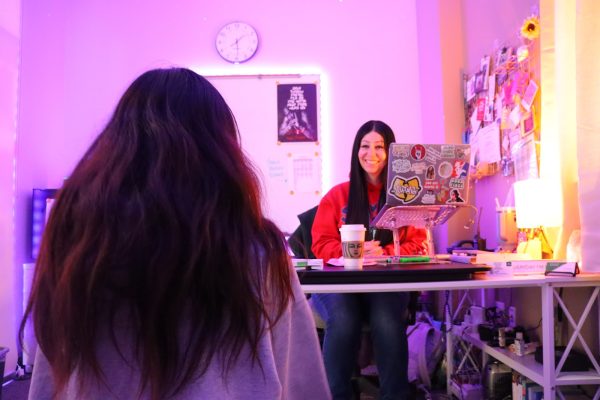It’s not a waste of time to recycle
Students and staff stress the importance of recycling
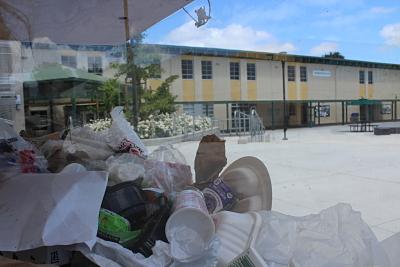
Photo by Kira Garlick
The average person produces 4.3 pounds of trash a day, according to Duke University’s Center for Sustainability and Commerce. This should be very alarming — that’s the size of a small chihuahua every day.
“There’s a lot of paper plates and food wrappers out [in the quad],” AP Environmental Science teacher George Bechara said. “I see staff picking them up.”
The janitorial staff has made big steps in reducing the amount of trash left on benches and in the quad, especially with the campus growing in size. The janitors’ efforts don’t clean up everything, though, and students still leave messes behind them.
“The spills and thrills are gonna happen no matter what,” janitor Dolf Placencia said. “That’s what we’re here for.”
Placencia has a team of five janitors cleaning up the campus at night, and only one daytime custodian patrolling the cafeteria and field house.
The janitors clean up the campus after lunch, taking the bags of garbage from the school bins to the local landfill, Placencia said.
Unfortunately, students do not always put their waste in the correct bins, assuming it will be sorted at the garbage site.
“People probably throw stuff in whatever [trash can] they want because it’s nearest, easiest to do,” Green Ops officer Max Sawyer said.
Even though there are recycling bins in every classroom, they are not always used correctly by students.
“The companies we use for our trash pickup will not take any mixed garbage so if the recycling has any food product in it at all, they won’t accept it,” Placencia said.
Of course, there are ways students can help reduce the carbon footprint Homestead leaves on Earth.
“You can definitely cut down trash substantially,” Sawyer said. “If you put paper products that compost easily in the compost bin and firmer paper like cardboard in the recycling, you can definitely cut down your trash a lot.”
There are a lot of ways to recycle containers, such as putting clean ones in the appropriate bin or taking to-go boxes home to reuse. It is important to clean food containers completely before recycling to avoid cross contamination.
“Sometimes when I recycle containers that are still kinda dirty, I actually bring them home and rinse them out there,” Green Ops officer Emma Chan said.
One of the easier things to recycle is water bottles. Green Ops has plans to sell their own bottles made of recycled materials in the future.
The plastic bottles you buy at Smart & Final add up in the big picture — water bottles take around 700 years to decompose naturally, according to Ban The Bottle, an organization dedicated to reducing the amount of plastic bottles our nation uses.
“[Those small] plastic water bottles, people will bring two of those — why can’t you just bring one big one and refill it?” Sawyer said.
To help make steps towards a more sustainable campus, Placencia and his crew have put blue recycling bins in each classroom.
Blue recycling bins take cardboard, glass bottles and soda cans, according to the Department of Public Works of Los Angeles.
Both Green Ops and Bechara agreed the most important tip is to stay aware about where your waste is going, whether it be in the appropriate bin or it’s final destination in a landfill.
“All it takes is one person not paying attention, whether it’s accidental or not, to put it in the wrong bin and that’s garbage,” Placencia said.
Green Ops has big plans to help make the campus a greener place.
“I was hoping for the club next year that we could get enough money and support to make compost bins on campus and use compost in our garden.” Sawyer said.
There are still ways the school can become more sustainable. Bechara suggested water filters to encourage people to bring refillable bottles instead of plastic ones, and reusable utensils in the cafeteria.
“The biggest thing is to make sure people are aware of what they are doing,” Bechara said. “You can’t force anyone to do anything.”



